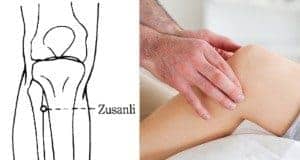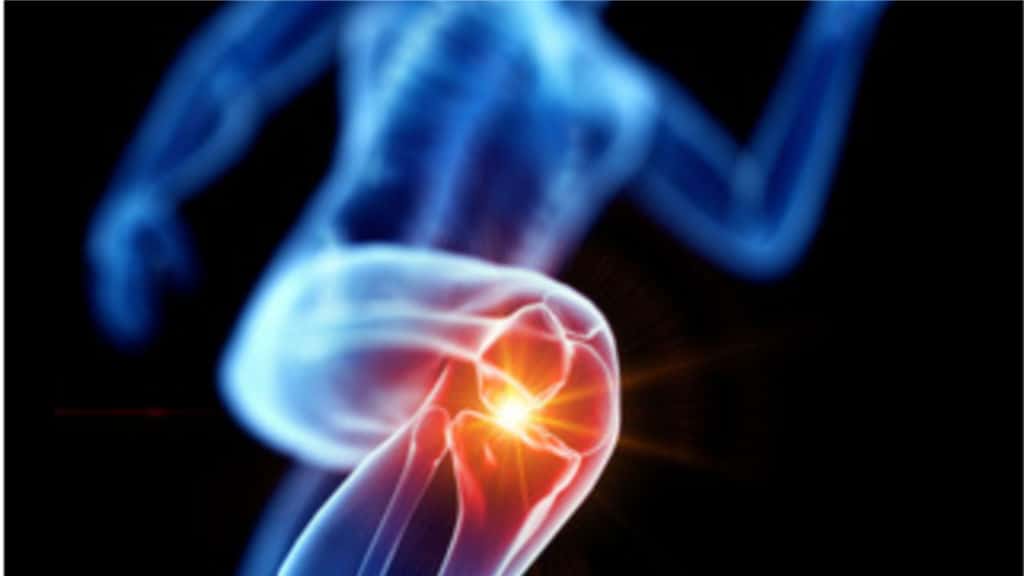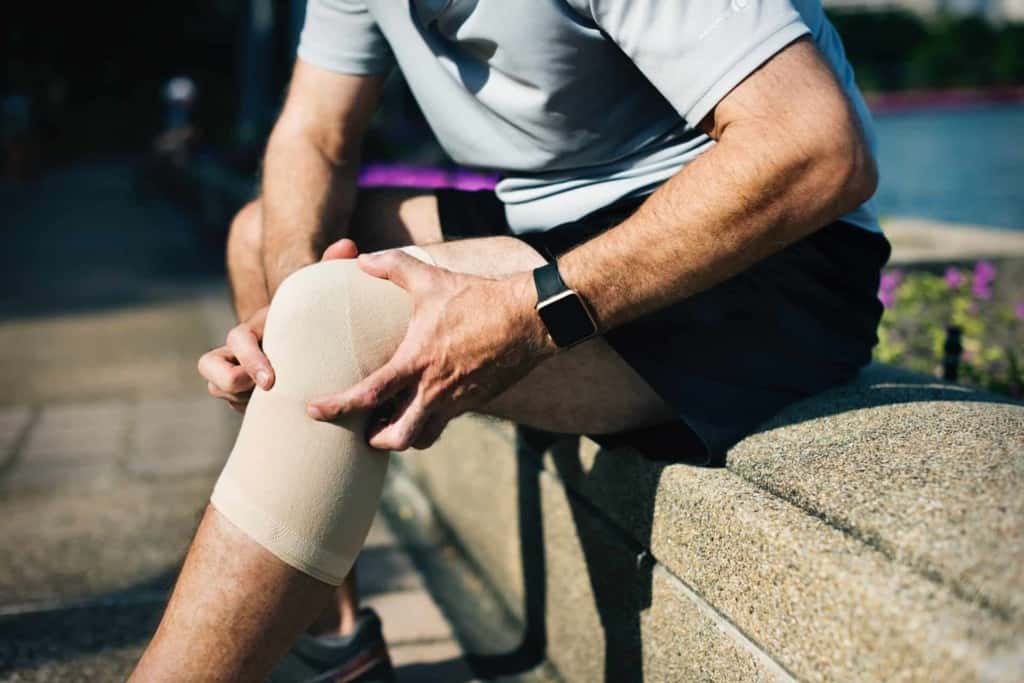Every injury to the body is different. And you might have heard the terminology without understanding the difference between ACL and MCL injuries entirely. Yes, both are knee injuries. However, the two are quite different, and they recover and heal in various ways as well.
It’s important to note the differences between the ACL and MCL. These injuries occur based on different types of stress and strain, and they will heal on their own time. So in this article, we will answer the question.
What is the primary difference between ACL and MCL injuries?
“Don’t let an injury be the determining factor of who you are known to be. Instead, try to use it as a learning experience so you’ll be better off when you come back.” Mota
Anatomy of the ACL
Learning about the anatomy of the ACL or the anterior cruciate ligament is critical to understand how they get injured. This knowledge will also help you understand how the anterior cruciate ligament heals, and how recovery transpires in this ligament.
Connective tissue injuries occur in a different way than broken bones. This distinction means that they also heal differently.
This ligament is dense, which means that it takes a lot of torque to tear this ligament. One of the most critical functions of this ligament is that it strengthens and protects the knee as it rotates.
Weight-bearing joints are the most sensitive to rotation and can become unstable when athletes fail to stretch or warm up properly.
This positioning is why the anterior cruciate ligament takes a significant amount of time to heal, and recovery from the surgery can be lengthy.
“Whatever brings you down will eventually make you stronger.” ~Alex Morgan
Identifying ACL Pain
How do you know if you’ve torn your ACL? Many individuals report feeling pain in the center of the knee when they have torn their anterior cruciate ligament. This sensation is primarily due to the location of the ligament.
The ACL, known as one of the two cruciate ligaments, is firm and round. Rehabilitation is possible, but it can take 6 to 9 months to heal. The goal is to repair and improve the range of motion. This activity includes walking as well as the ability to kneel.
You must schedule an appointment to see a doctor if the pain is present and suspect a possible tear.
“Strength doesn’t come from what you can do. It comes from overcoming the things you once thought you couldn’t.” ~Unknown
Assessing a Ruptured Anterior Cruciate Ligament
What methods does a doctor use to determine whether or not an injury is present in this ligament?
- Lachman Test
- Pivot Shift Test
- Anterior Drawer Test
The purpose of the Lachman Test is to see how well the knee will bend while the individual is lying on their back (supine position).
The test will cause the knee to bend at about 20 to 30 degrees, but the heel should remain on the exam table.
A Pivot Shift Test is a critical piece of the puzzle for the doctor to diagnose a tear of the anterior cruciate ligament. The doctor can test the pivot shift motion in the patient’s knee by creating a certain degree of force.
The movement replicates pivoting and then shifting the knee to another position while the patient is lying on their back (supine).
These three tests are the top methods used for determining whether or not the injury is to the anterior cruciate ligament or otherwise.
“It’s when the discomfort strikes that one realizes a strong mind is the most powerful weapon of all.” Christie Wellington

Anatomy of the MCL
The crucial other ligament that provides stability to the knee is the MCL or Medial Collateral Ligament.
The MCL is the ligament that is on the inside of the kneecap. This ligament functions as the primary connection between the inner thigh and the shin bone.
The primary purpose of this is to provide stability to the knee joint and surrounding tendons and ligaments.
Just like the anterior cruciate ligament, the medial collateral ligament can wear down over stress and hyperextension.
One of the best examples of how this happens is to look at a worn-out rubber band. Repetitive stress on the ligament is what causes it to wear down.
Identifying MCL Pain
How do you know if there is an injury to the MCL?
- Pain on the inside of the knee joint
- Tenderness upon touching the inside of the knee
- Swelling of the knee joint
- A feeling of instability when bearing weight on the knee
- A sensation that there is a catch in the knee
It’s essential to pay attention to these symptoms. Your body will always let you know your limitations.
Athletes may experience this type of tear even with excessive force to the outside of the knee joint. Icing the knee immediately is the best way to ease pain and prevent swelling.
“I retired because I had a knee injury, my cartilage was wearing out, it was painful, and I couldn’t put in the four hours of practice each day that I needed to.” Guy Forget

Assessing the Ruptured Medial Collateral Ligament
Imaging is vital for the proper diagnosis of connective tissue injuries. An x-ray will only show broken bones or dislocation.
Upon an initial assessment in the doctor’s office with motion and shifting of the knee cap, any need to confirm a diagnosis will be made with the order of an MRI.
The Valgus Stress Test is a hands-on way for a doctor to determine whether or not an injury to the medial collateral ligament is the problem.
The doctor can put his hand on the knee and attempt to shift it either way while the leg is extended.
A sign of instability in the knee joint is a strong indicator that this ligament is torn.
Another important aspect of injury to this ligament is the decrease in the range of motion. Physical therapy is important to determine the extent of the loss of range of motion.
Getting the knee moving again is important for overall blood circulation, and it can speed up the healing process.
Final Thoughts: Know How to Prevent ACL and MCL Tears
A good orthopedic doctor will always look for the alternative to surgery. Physical therapy is the first course of action unless surgery is absolutely necessary. Physical therapists will lead you through exercises to strengthen the tissue surrounding your injury without aggravating it.
That’s essential because both ligaments of the knee are the keys to stability and protecting the kneecap (patella).
Rest combined with physical therapy can be helpful in making a full recovery. This is why it’s vital that if you detect injury to either ligament, you see a doctor for a diagnosis.
There are several things you can do to ensure that you strengthen the knee joint and the surrounding muscles.

Preventing ACL and MCL Tears
Don’t wait until it’s too late, and an injury has already occurred. Take proactive measures to get strong, healthy, and take care of your joints.
- Athletes should always take precaution by stretching and warming up properly before any physical activity. A lack of proper warm-up can cause injury to the body and long-term problems with joints and muscles.
- Maintaining a healthy weight is also important to protect weight-bearing joints. The knee joint is one of the most critical weight-bearing joints you have.
- Regular exercise and a healthy diet can help you stay on a good path to prevent injury as well as to avoid putting undue stress on your joints.
- Building a strong core can help bring stability to your body overall. Strong abdominal muscles, buttocks, and thighs can help you avoid putting a strain on your knees.
- Always look to your feet as an additional guide to prevent knee injuries. Shoes that offer good support can help you avoid knee strain. It is also important that your shoes fit you properly.
- Another way of protecting your knees is to avoid kneeling on hard surfaces. Use padding or cushion to avoid putting stress on the knees when exercising.
- It’s important that you take care of your knees, legs, and feet. They are all connected and take you everywhere you go.
Taking the above precautions can give you a better chance of avoiding injuries to your knees, and it can help you avoid injuries to the surrounding ligaments.
“I had a bad knee injury when I was about seventeen. I wasn’t able to climb for about six months. It was kind of like a transformative time for me, because it was really hard for me not to be able to climb. It forced me to appreciate things without just climbing.” Chris Sharma














 Community
Community

